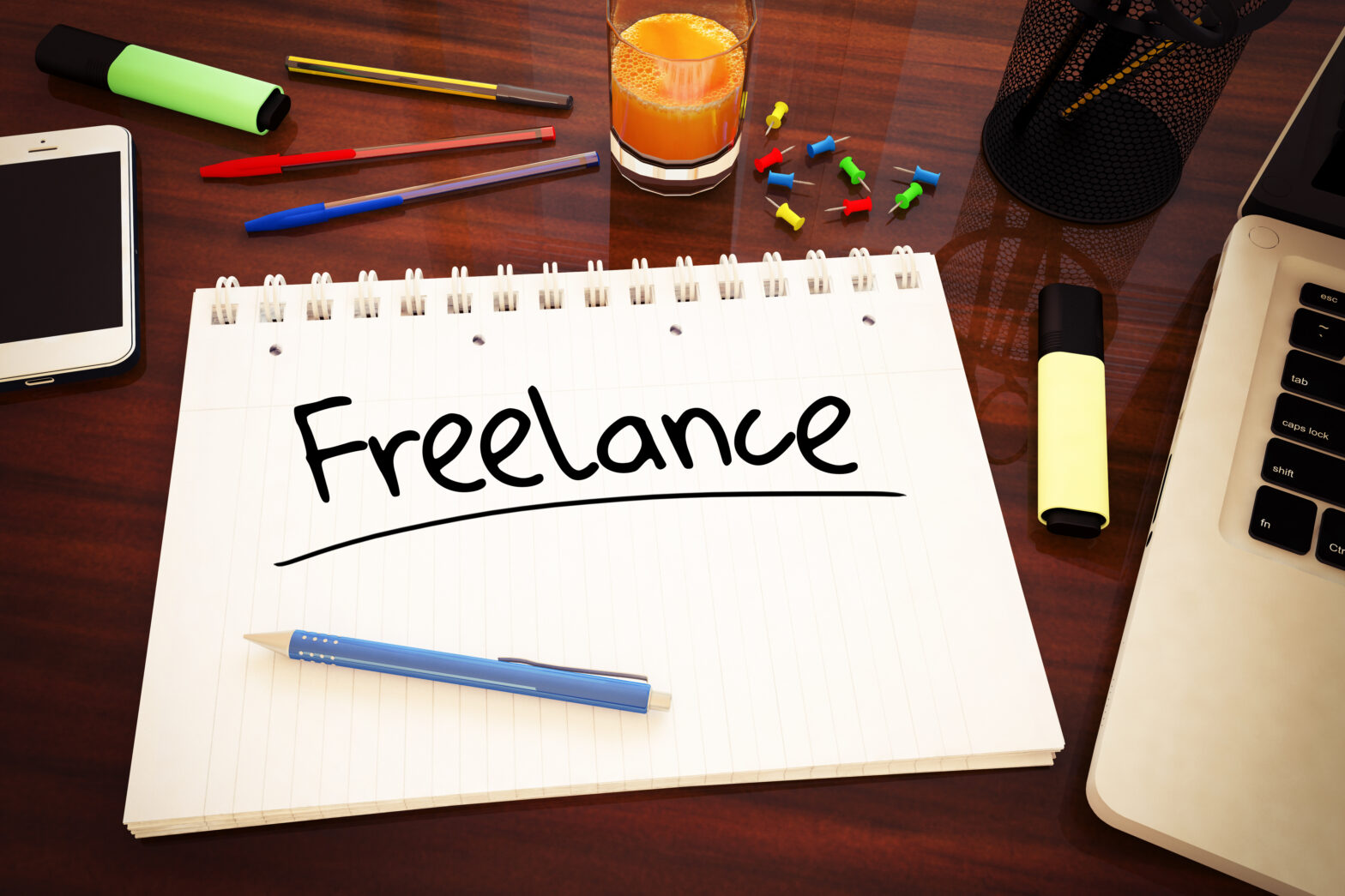A picture speaks a thousand words, but unfortunately if small business owners do not familiarise themselves with the concept of image licensing, they could run the risk of paying thousands of pounds in copyright infringement instead.
Visual brand identity
Many a small business owner will tell you that taking an active approach to visual branding is key for their business, especially amidst tough competition. Every business needs a clean web presence, supported by professional stationery and collateral to help reinforce its visual identity and keep it ahead of its competitors. But actually putting this branding together is not always easy for small businesses, as they do not have the resources to hire design firms or professional photographers to create their content, and instead tend to take it on themselves.
Despite the obvious cost-cutting benefit of designing inhouse, technology today has made it all too easy to use images without permission or a thought for image licensing. It is a common misunderstanding that if an image is published online it becomes free to use and part of the public domain. One of the frequent errors we see is when small businesses take images found on Google or other websites to use for their own business. Unfortunately, these images are often bound by copyright, and using them without consent leaves small businesses infringing copyright and putting themselves on the wrong side of the law.
To help you stay within the law while creating a strong visual brand for your small business, here are our six top need-to-knows on image licensing.
1. The difference between Royalty-Free and Rights Managed
You’ll see these terms a lot if you are buying images from stock agencies, but their meaning can be confusing. Royalty-Free means you pay a flat fee for full use of a particular image permitted under the license, giving you an affordable way to use an asset in multiple projects or campaigns. Rights-managed licenses specify a time period for use, and are desirable because of the ability to purchase the exclusive use of an image in a given territory or for a given purpose. This is not to say however, that Royalty-Free cannot provide unique content; for example, half of Royalty-Free photos, illustrations, video and audio files on iStock are not available elsewhere and cannot be licensed from any other stock provider.
2. Editorial Use Only
This means the image cannot be utilised for commercial purposes such as advertising, marketing, or any promotional activities. This is due to the fact that most editorial images feature people or items which have not been licensed for commercial use. These images can however, be used in non-commercial settings ie newspaper articles, educational blogs and magazines.
3. Evaluate Whether You Need a Standard or Extended License
If you purchase content, always read the restrictions. For most purposes, a standard license is all you will need and covers most basic usage, for instance to display on your website. Should you wish to expand on the use of the image you have purchased – for example to print it on a t-shirt you are selling or bake it in to an event invitation – you may need to also purchase an extended license.
4. Do not use models to imply endorsement
You cannot imply that the subject of a photograph is personally endorsing a product. Neither can you exploit the model in a ‘sensitive way’ without the use of a disclaimer. This could include expressly or by implication portraying the model as having mental or physical health problems, substance abuse issues, criminal behaviour or sexual health disorders/preference.
5. You cannot transfer the rights to photos
No sub-licensing is allowed – if you bought content it is licensed to you solely. If you are working on behalf of a client, be sure you license the image for use on projects specified to that client.
6. Look for a legal guarantee
If you use a stock agency, take a look at the promises it is making to you within the license agreement. For example, the iStock Content License Agreement warrants that, provided you abide by the license you purchased, you will not be held liable for IP, property or privacy claims regarding the image covered by that license. Basically, it’s giving you peace of mind that you are acting legally and ethically – pretty valuable for any small business owner.





